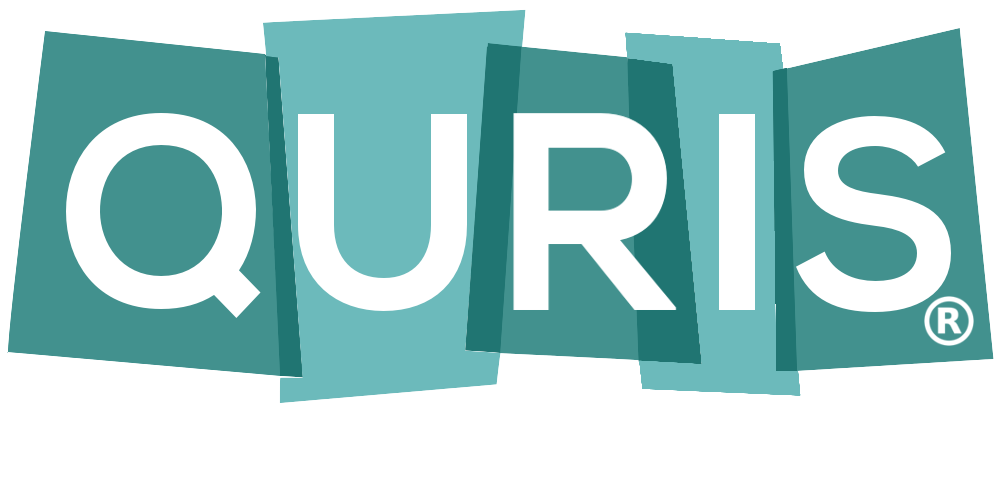Indications:
- Reduction of stroke and systemic embolism in non-valvular atrial fibrillation (AF)
- Venous thromboembolism (VTE) prophylaxis in patients undergoing knee or hip replacement surgery
- VTE treatment
Contraindications:
- Creatinine clearance (CrCl) less than 15ml/min or on dialysis
- Severe (Child-Pugh C) hepatic impairment
- Prosthetic mechanical heart valve
- Pulmonary embolism (PE) complicated by hemodynamic instability or requiring thrombolysis
- Use of strong dual inducers of P-gp and cytochrome P (CYP) 3A4 (see section III for agents)
- Use of strong dual inhibitors of P-gp and CYP3A4, dependent upon dose and indication (see sections III and IV)
- Pediatrics (less than 18 years of age) due to the lack of data to guide safe use
- Active bleeding
- Pregnancy or nursing
- Use of an epidural catheter

